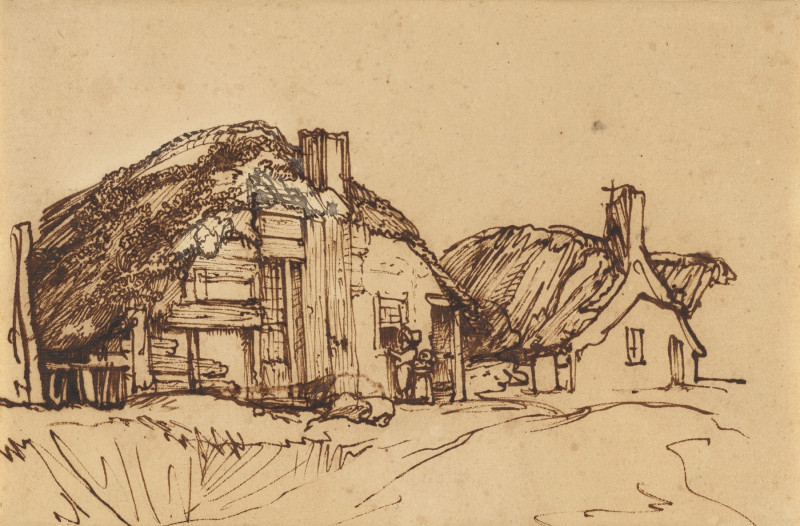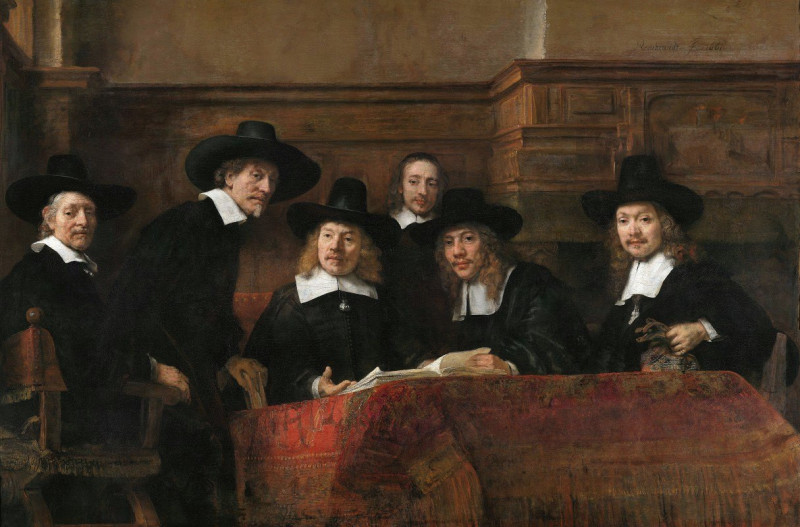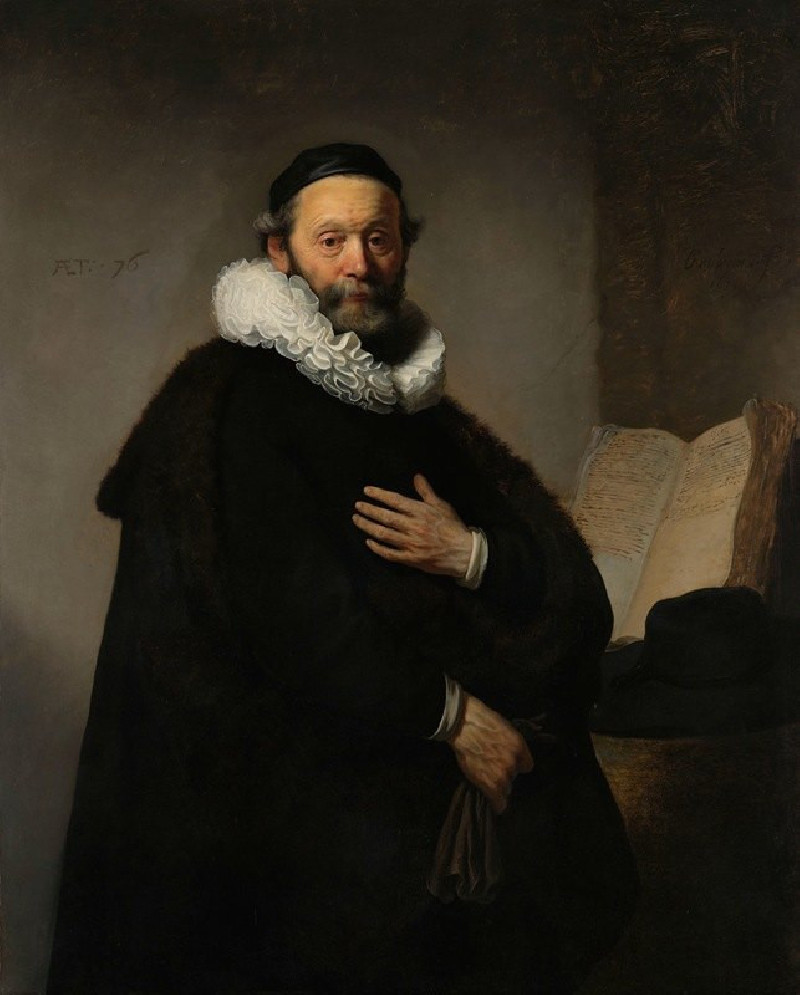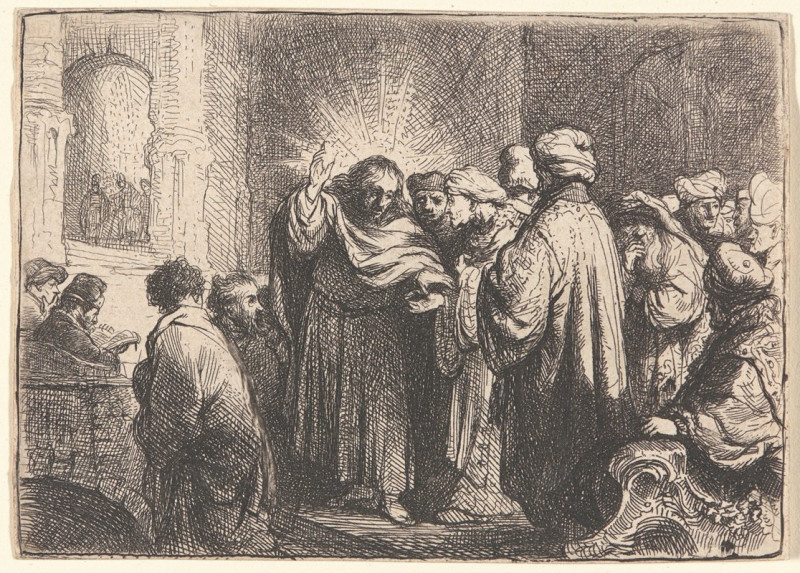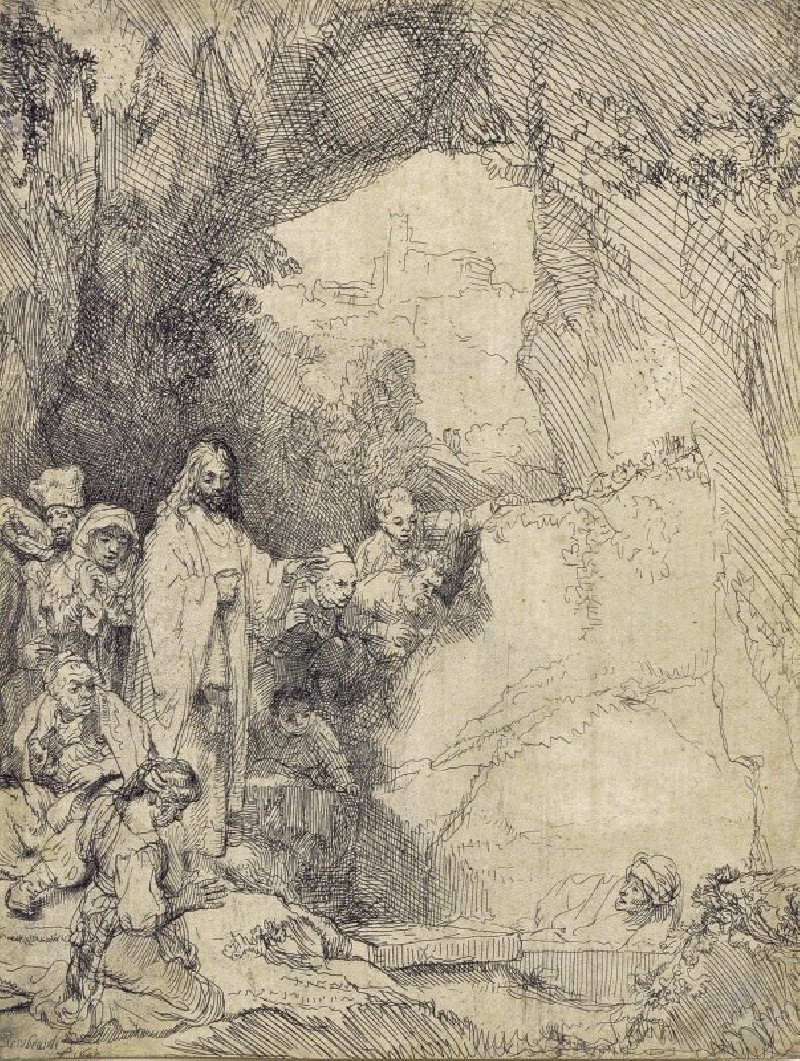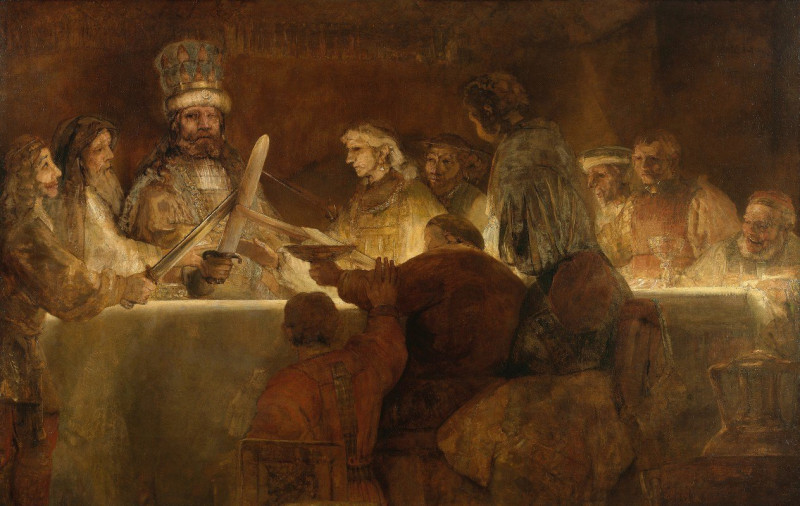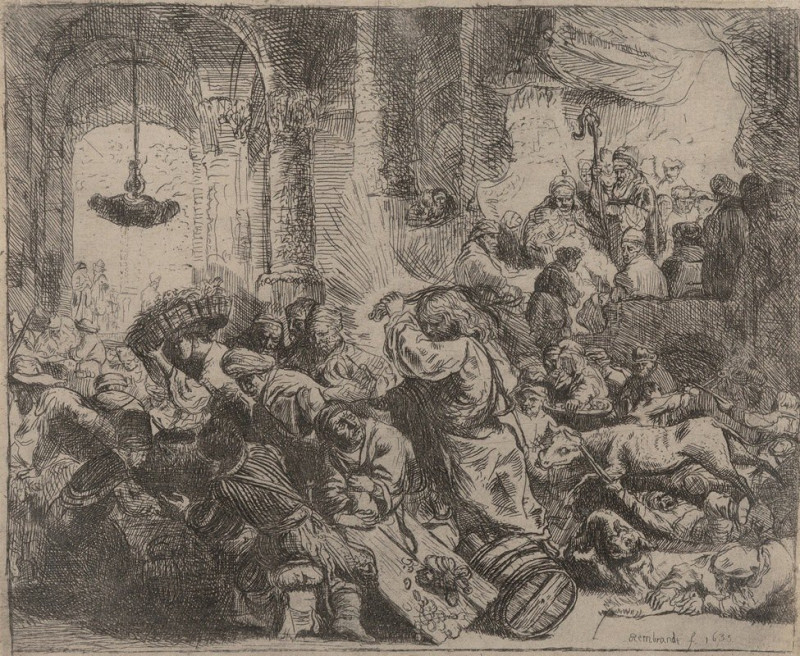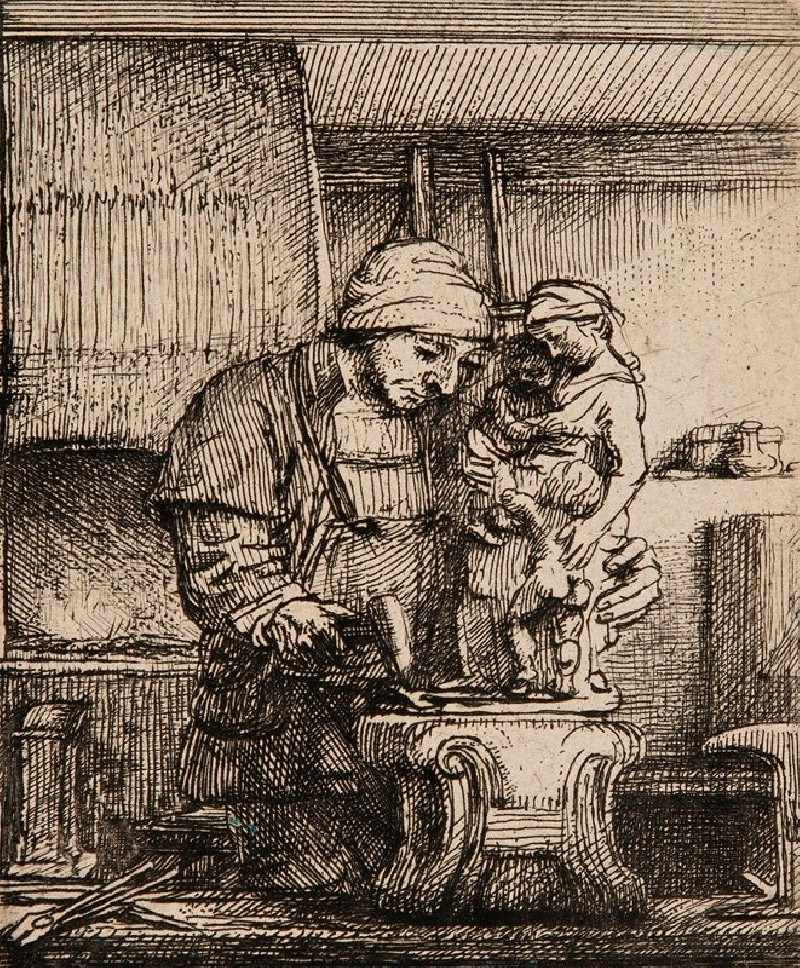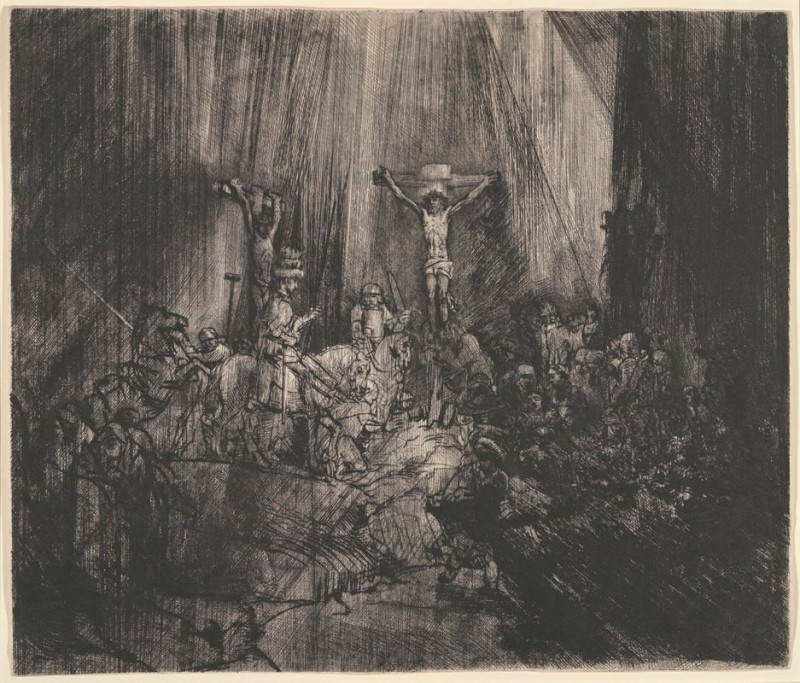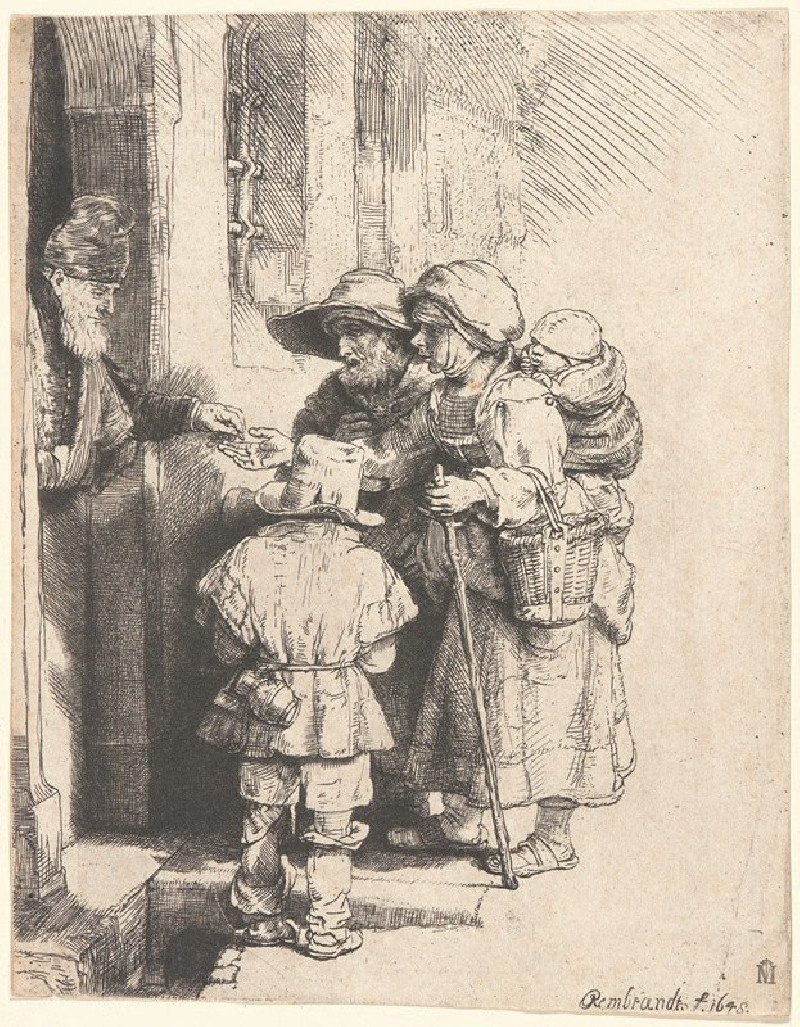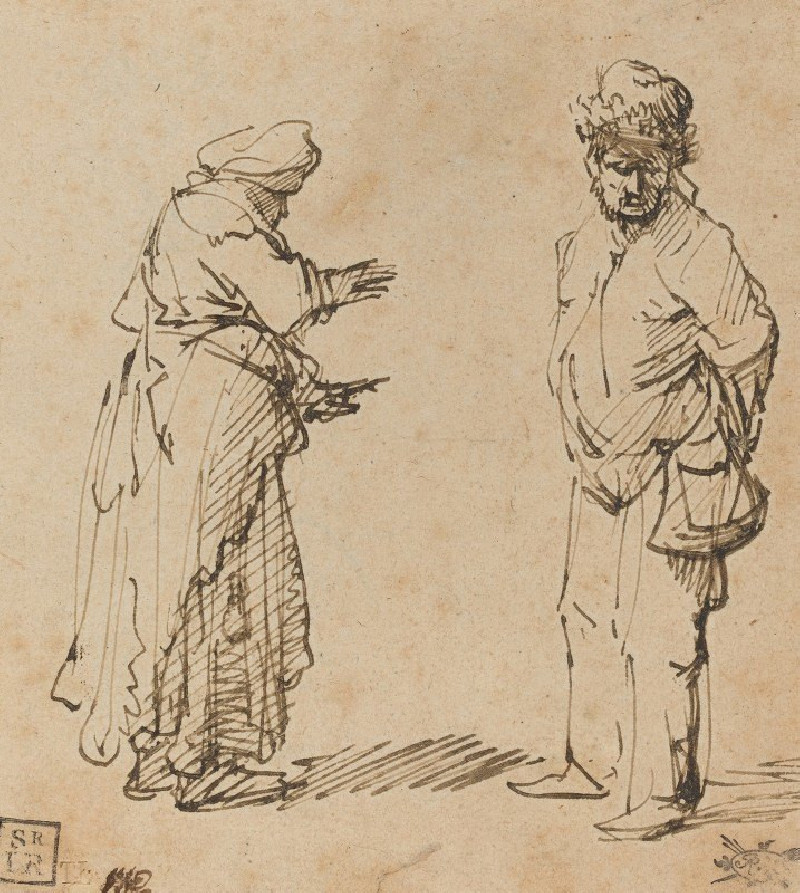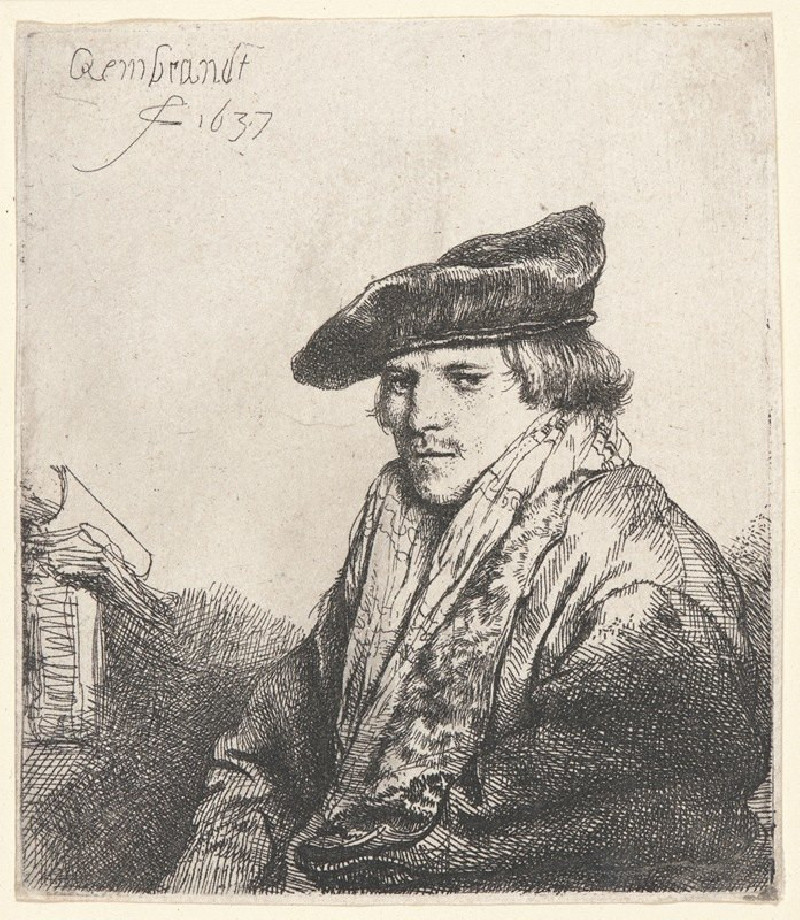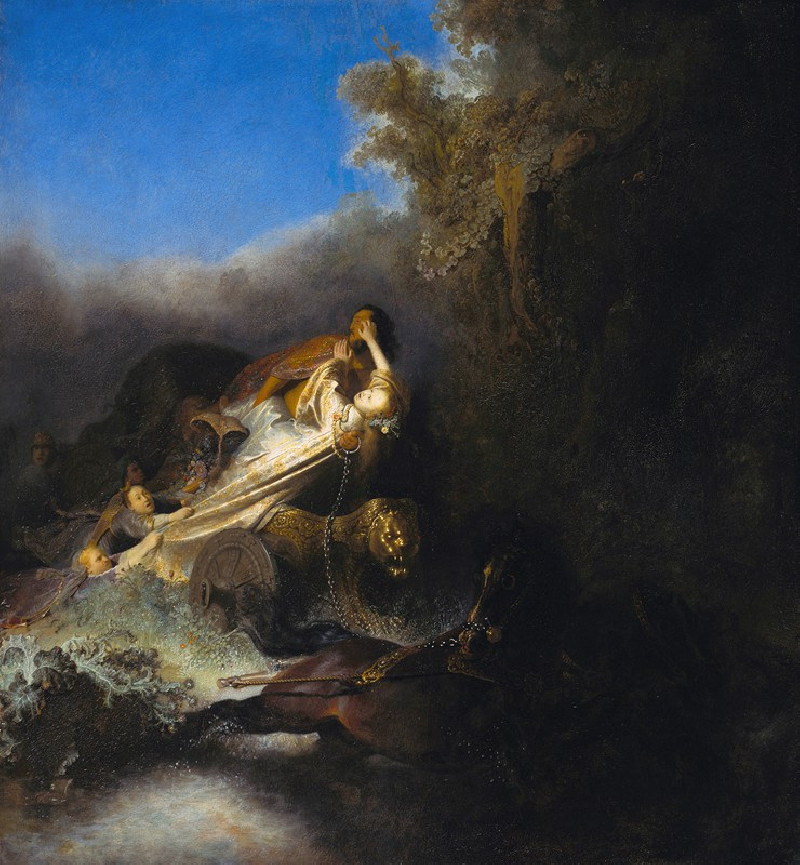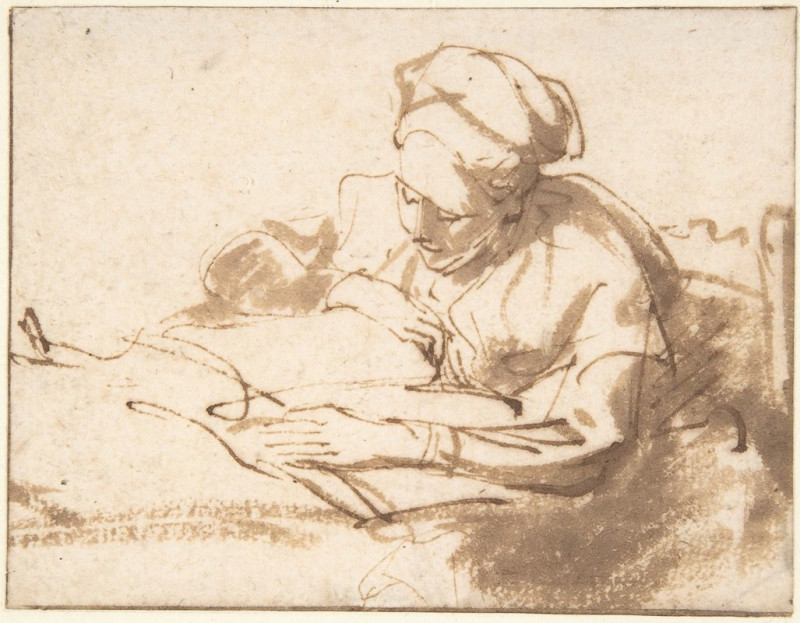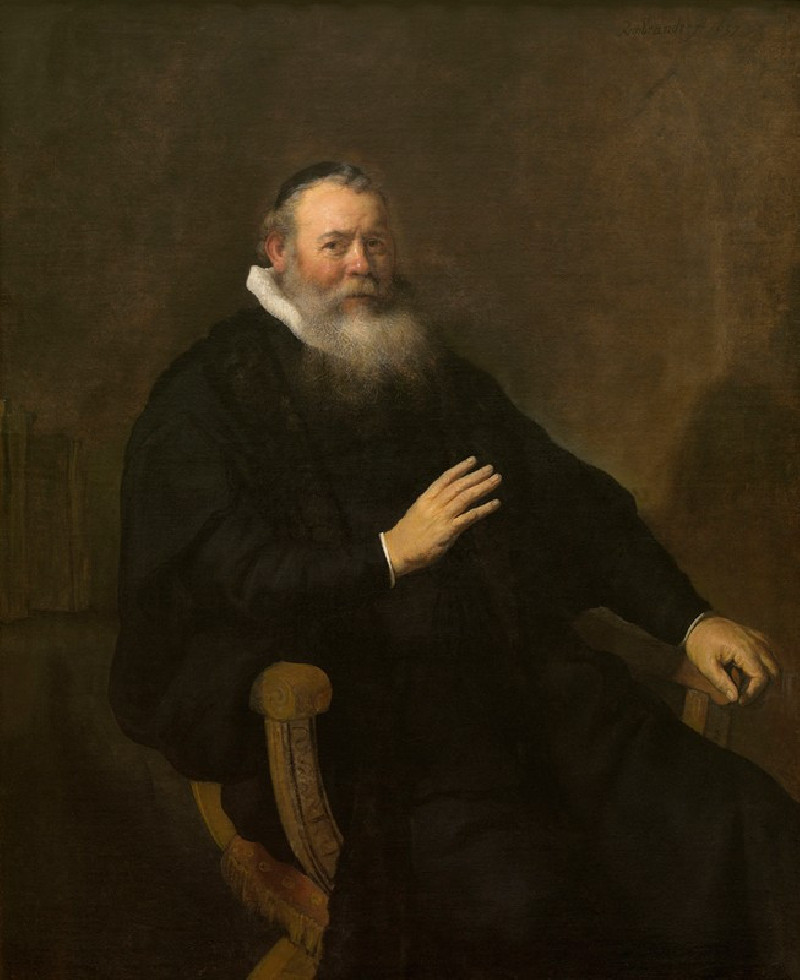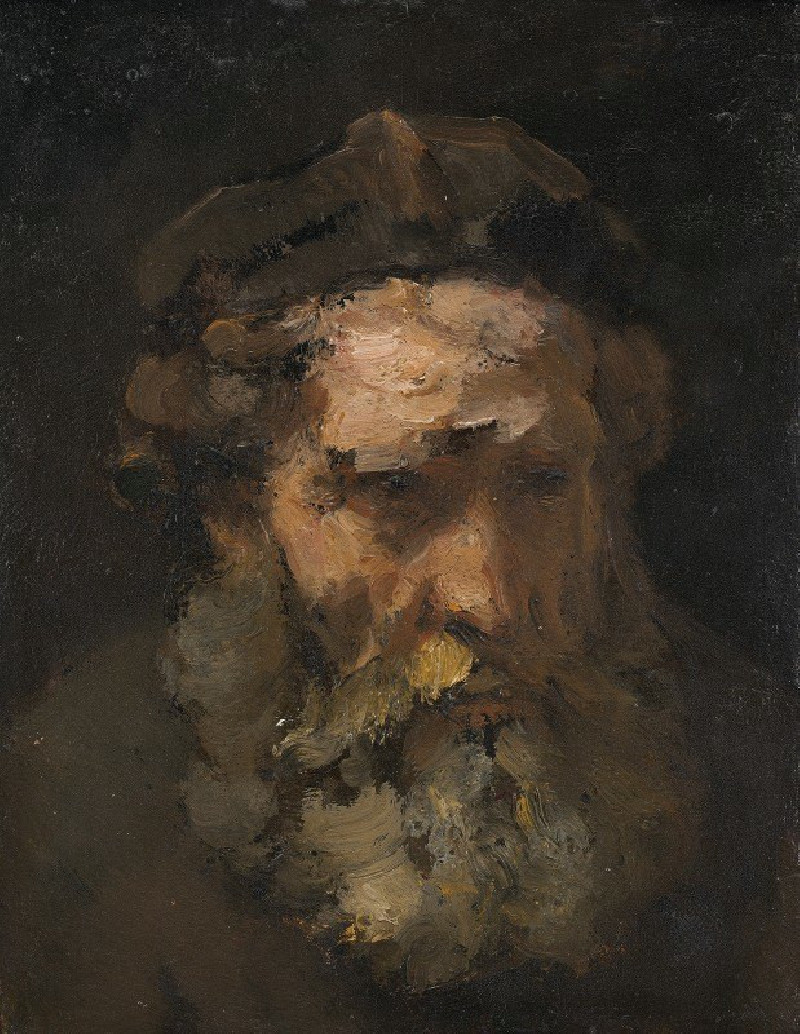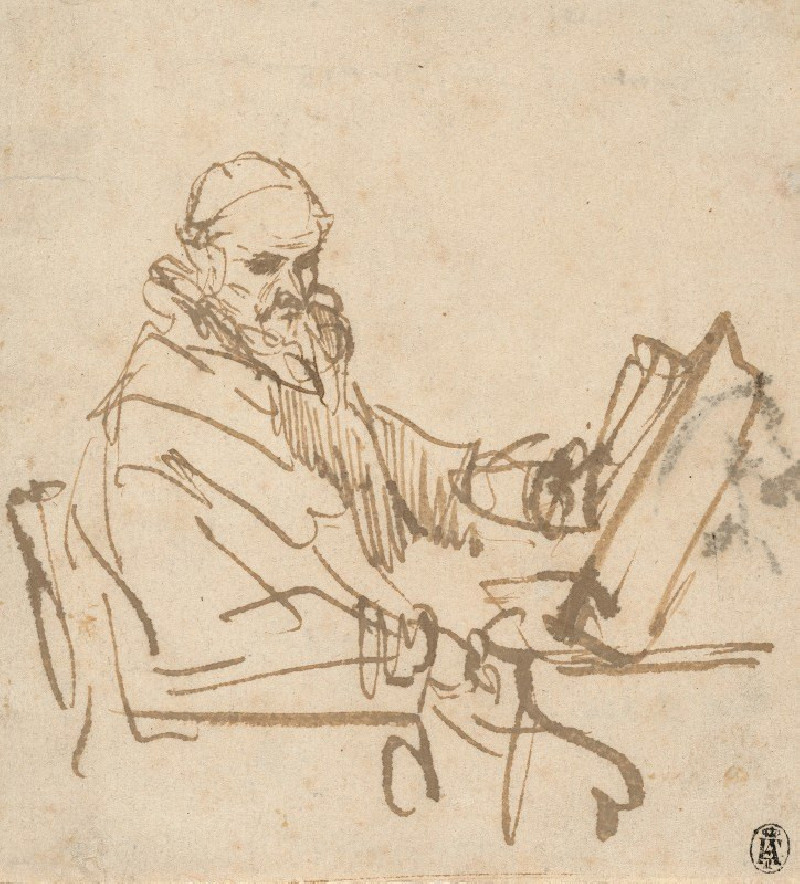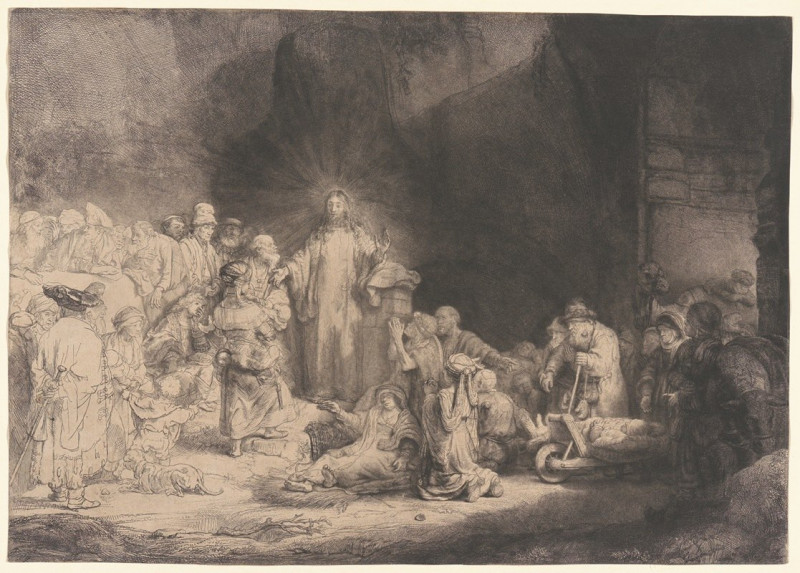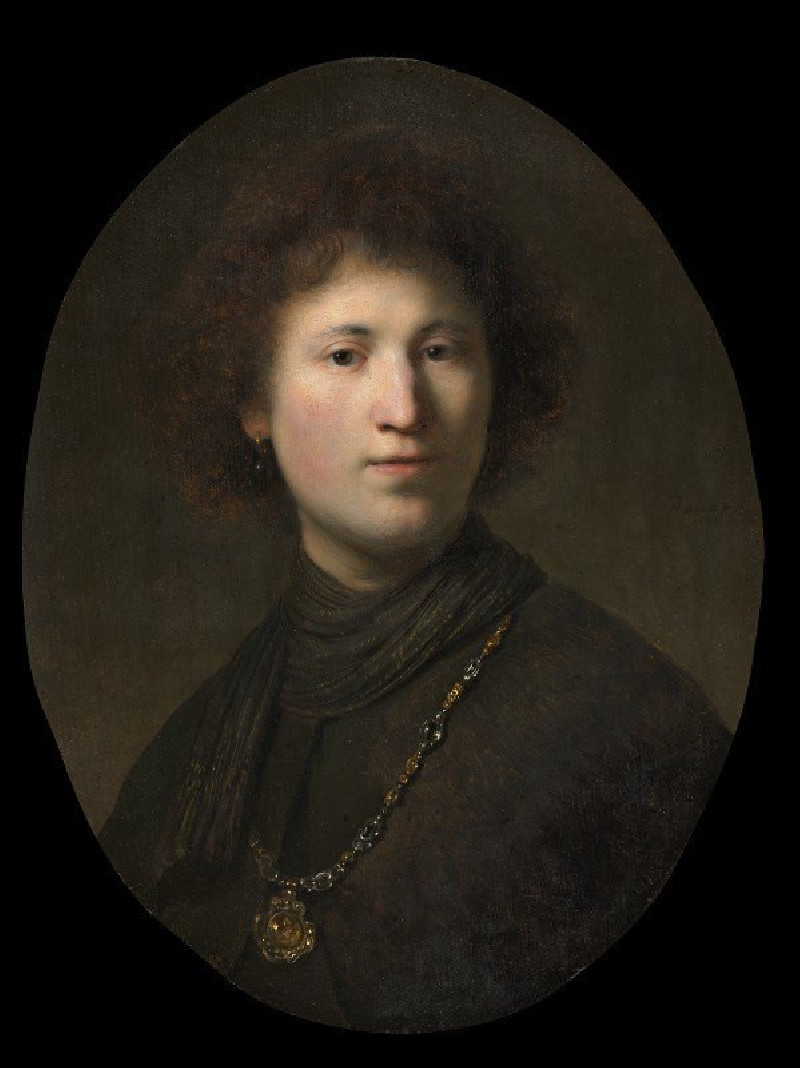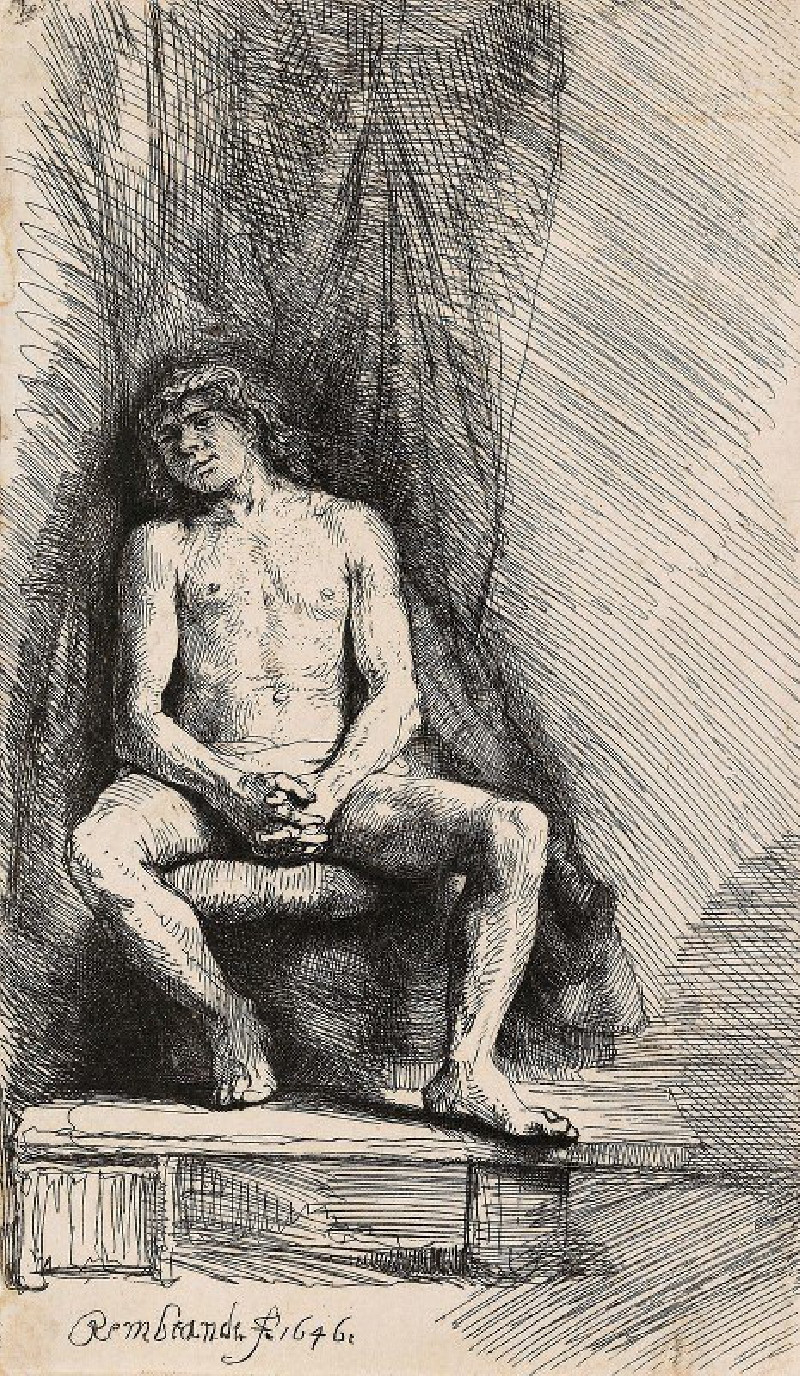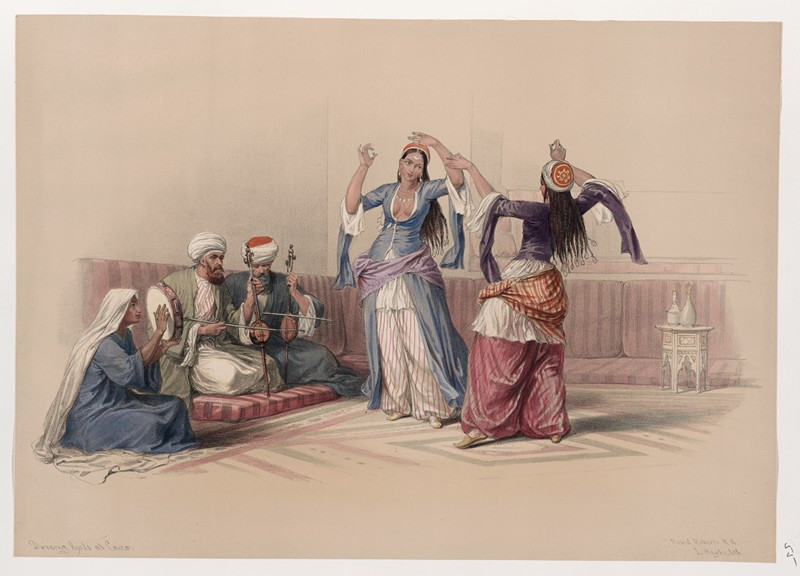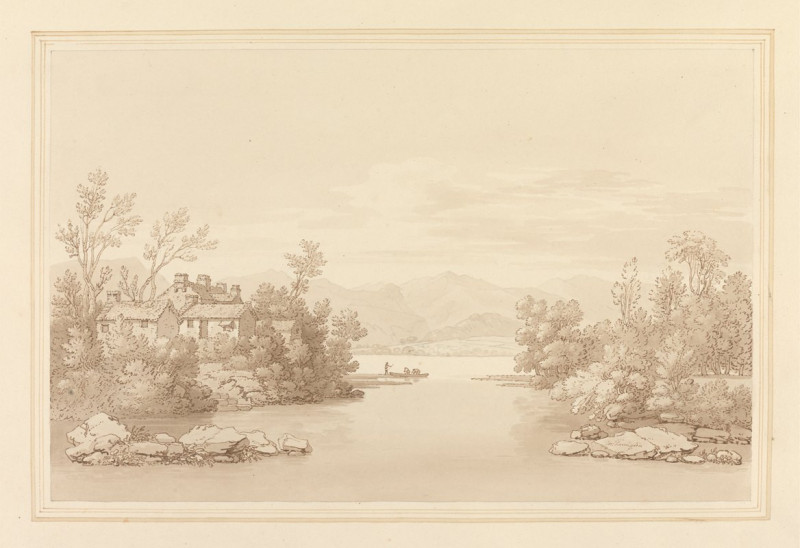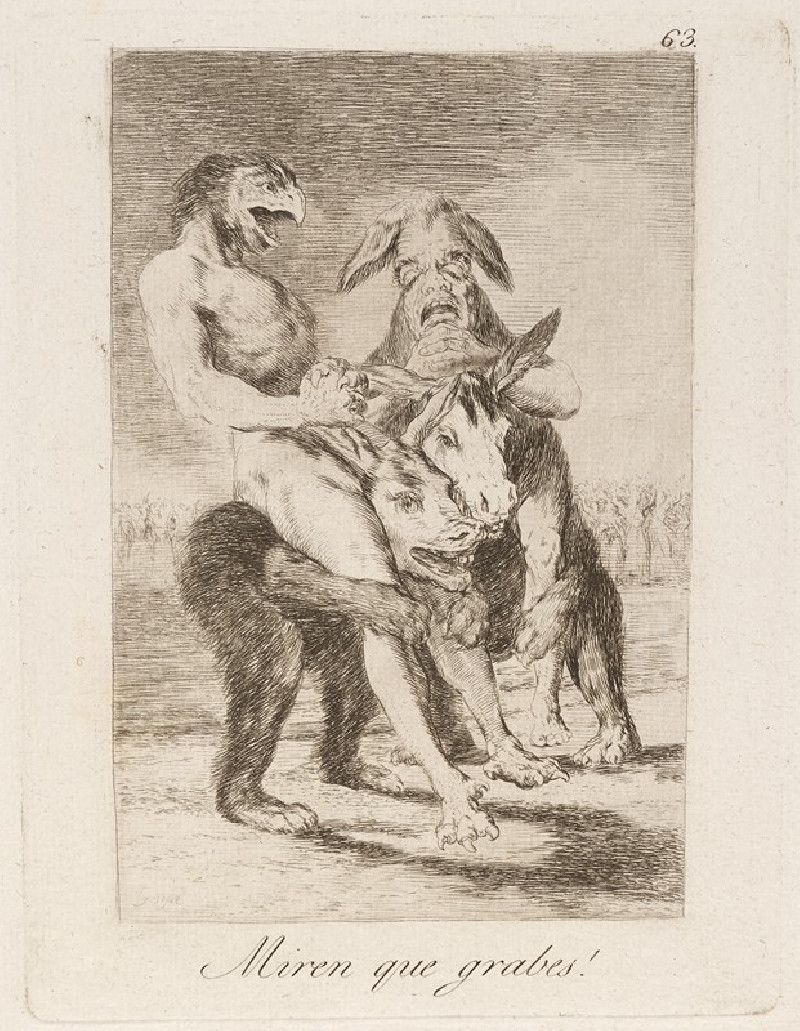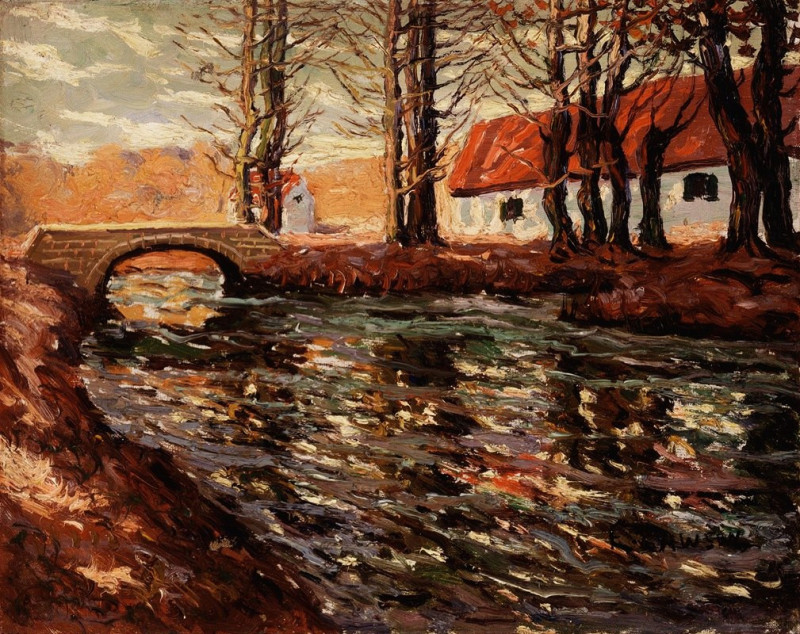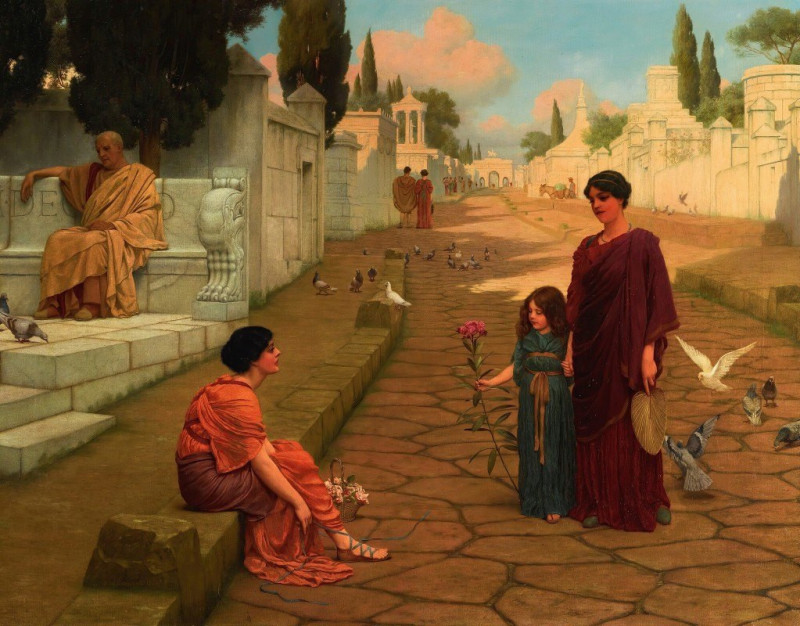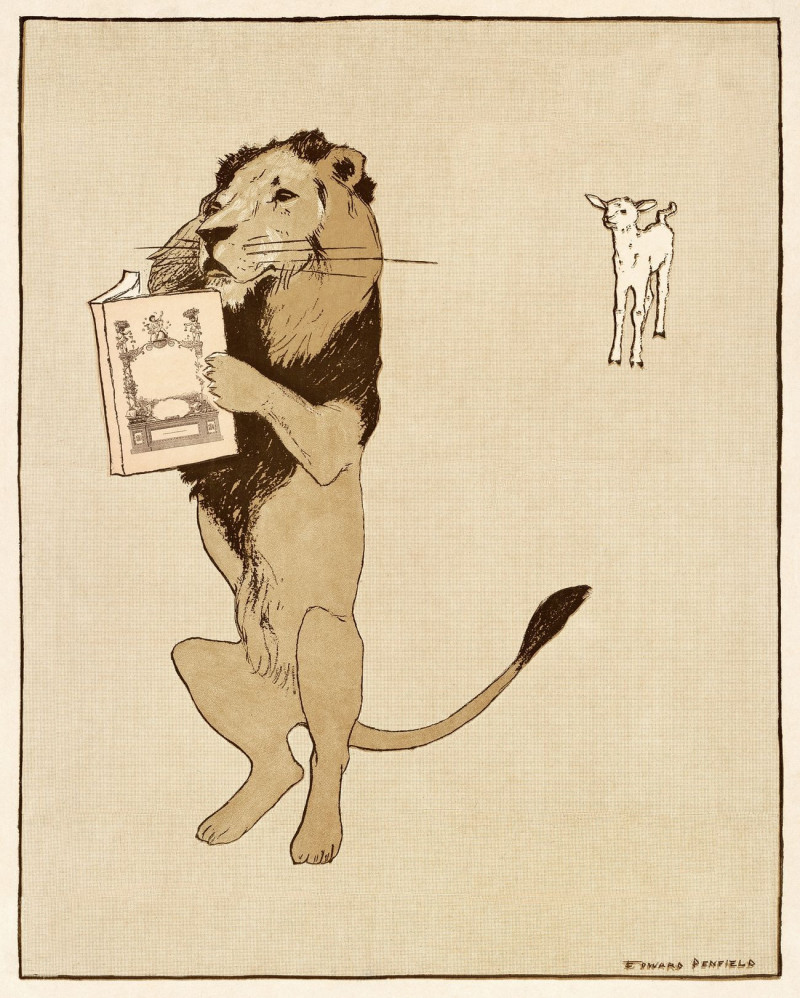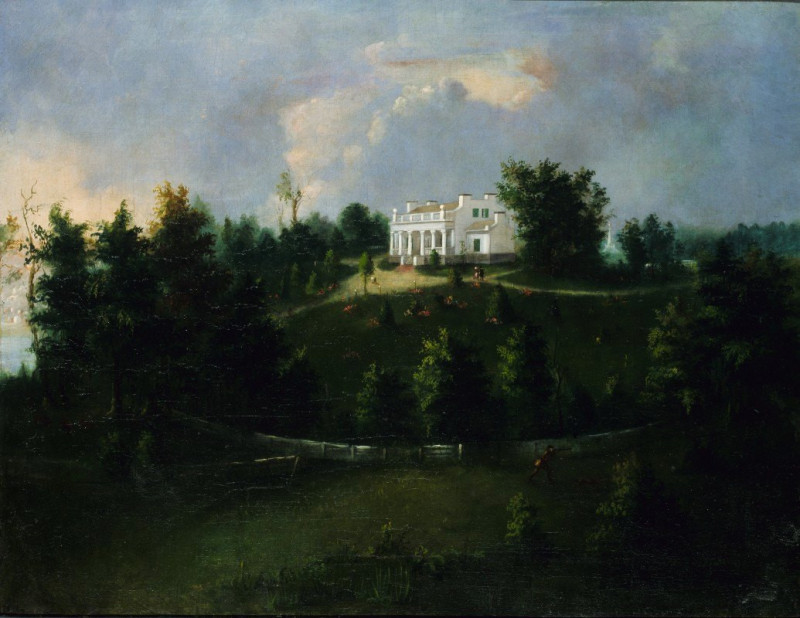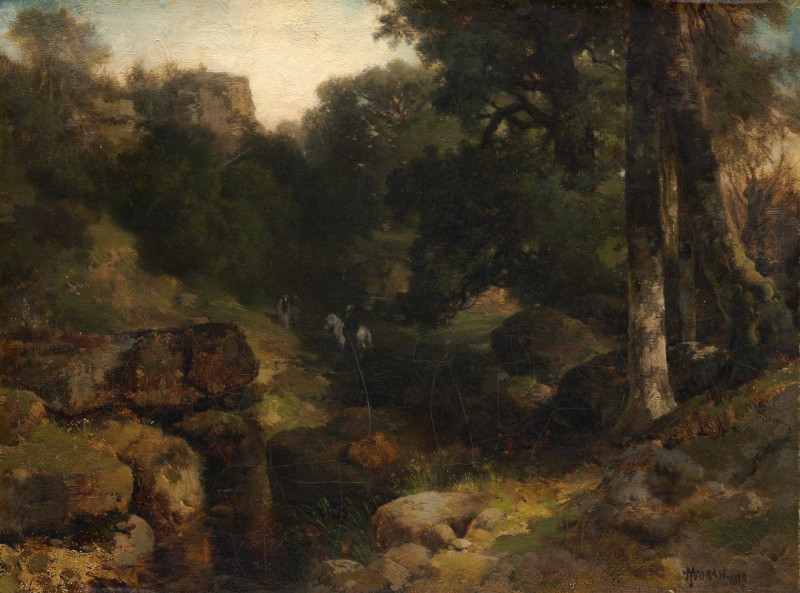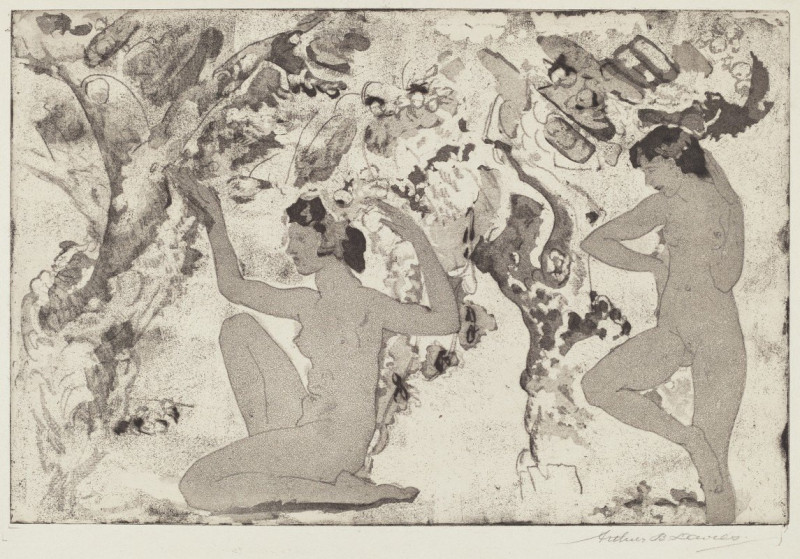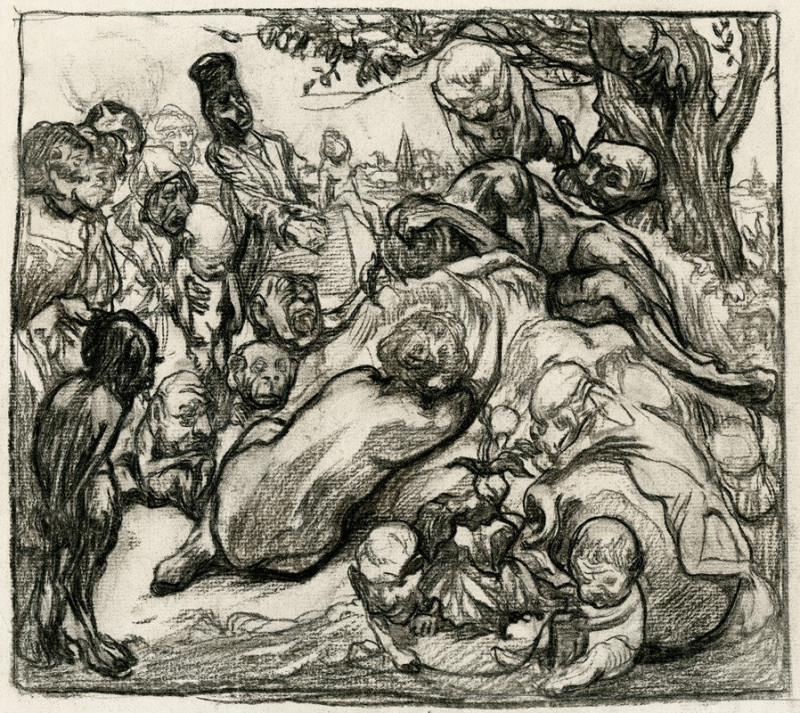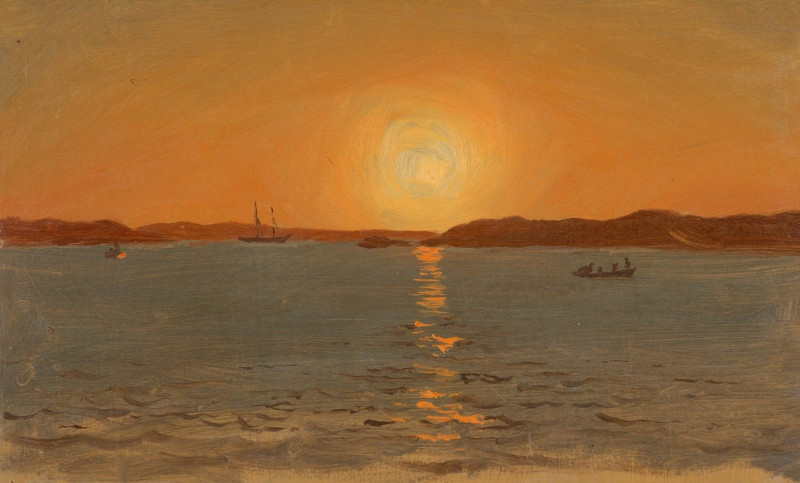Samson and Delilah (c. 1626 - c. 1630)
Technique: Giclée quality print
Recommended by our customers
More about this artwork
Rembrandt van Rijn, one of the most profound and celebrated artists of the Dutch Golden Age, masterfully captures a pivotal moment from the biblical story of Samson and Delilah in this exquisite painting, dating from around 1626 – 1630. This artwork not only reflects Rembrandt’s genius in storytelling through paint but also showcases his deep understanding of human emotions and classical themes.In the painting, the central figures depicted are Samson, the biblical hero of immense strength, and Delilah, the woman who famously betrayed him. Rembrandt's depiction is filled with drama and tension. Samson, with his expression of surprised betrayal, turns to face the viewer, his features twisted in a mix of fear and disbelief. He clasps his fists, perhaps in a forewarning of his fate - the loss of his strength with the cutting of his hair, which lies ominously at his feet.Delilah, on the other hand, is portrayed with a complex expression of contemplation and perhaps regret as she rests her chin on her hand. Her other hand gently touches Samson, signaling a tender if treacherous, moment of intimacy between them. The soft drapery and textures of her garment contrast sharply with the tension of the scene.The background and setting contain elements that enrich the narrative—dark, heavy drapes and a dimly lit interior create a moody atmosphere apt for the scene of betrayal.
Delivery
Returns
Rembrandt Harmenszoon van Rijn was a Dutch draughtsman, painter, and printmaker. An innovative and prolific master in three media, he is generally considered one of the greatest visual artists in the history of art and the most important in Dutch art history. Unlike most Dutch masters of the 17th century, Rembrandt's works depict a wide range of style and subject matter, from portraits and self-portraits to landscapes, genre scenes, allegorical and historical scenes, and biblical and mythological themes as well as animal studies.


